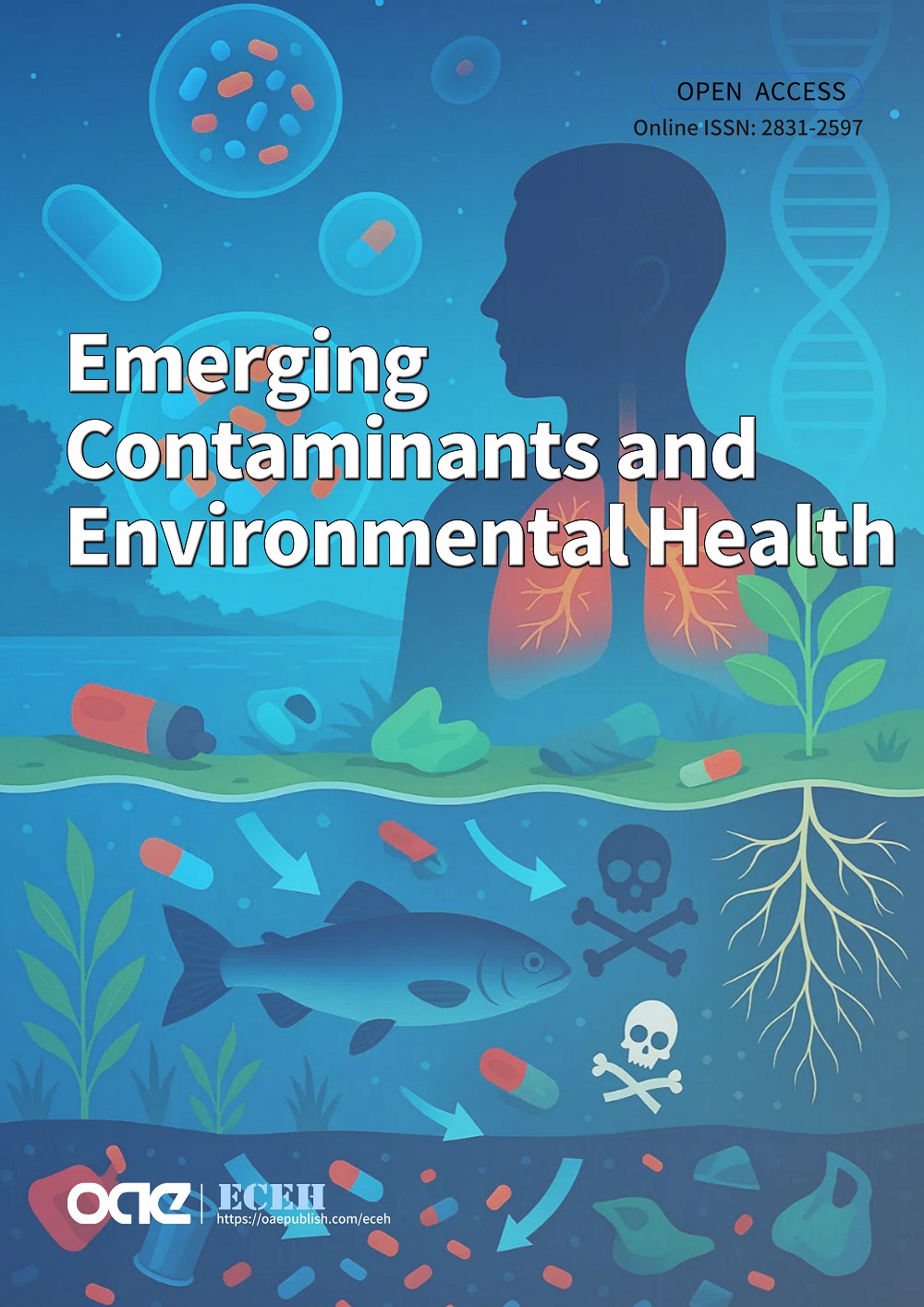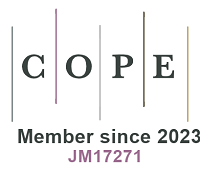Choline chloride-modified hydrochar from organic waste for the removal of PFOA from aqueous matrices: feasibility, isotherm, and kinetic studies
Abstract
This study investigated the feasibility of valorizing potato peel, a widely generated organic waste, through hydrothermal carbonization to produce hydrochar for the removal of perfluorooctanoic acid (PFOA), an emerging contaminant from aqueous matrices. Hydrochar was synthesized at four different operating conditions: 180 and 200 °C for 2 and 4 h. The hydrochar produced at 180 °C for 4 h exhibited the maximum specific surface area (28.055 m2/g) and was selected for modification with 0.1 M choline chloride (ChCl) to enhance its adsorption performance. After modification, the specific surface area increased to 62.188 m2/g, indicating an improved surface area. Batch adsorption experiments were conducted using 0.1 M ChCl-modified hydrochar (ChCl-HC) in the presence of 20 mM calcium chloride (CaCl2) showed increased PFOA removal efficiency (95.4%) at 400 mg/L optimal adsorbent dose, attributed to Ca2+ induced bridging effect and electrostatic interactions. The adsorption isotherm model showed that the Langmuir model best fitted the experimental data (R2 = 0.9976), followed by the Dubinin-Radushkevich (D-R), Temkin, and Freundlich models. The maximum monolayer adsorption capacity was calculated to be 72.621 mg/g, and the separation factor (0.030) indicated favorable adsorption. The calculated mean adsorption energy (1.35 kJ/mol) from the D-R model suggested physical adsorption. Kinetic analysis further showed that the data fitted well with the pseudo-second order. Overall, three mechanisms were identified as responsible for PFOA adsorption on the 0.1M ChCl-HC: electrostatic interaction, hydrogen bonding, and hydrophobic interaction. These findings highlight that ChCl-HC, combined with CaCl2 serving as a bridging agent, offers a sustainable and efficient solution for PFOA removal. Overall, this approach offers a promising solution for the valorization of organic waste into hydrochar, with potential application in the removal of PFOA, an emerging contaminant, from aqueous matrices.
Keywords
Organic waste, hydrothermal carbonization, hydrochar, perfluorooctanoic acid, choline chloride, calcium chloride
Cite This Article
Sinha S, Mahanty B, Hait S. Choline chloride-modified hydrochar from organic waste for the removal of PFOA from aqueous matrices: feasibility, isotherm, and kinetic studies. Emerg Contam Environ Health 2025;4:[Accept]. http://dx.doi.org/10.20517/eceh.2025.27











